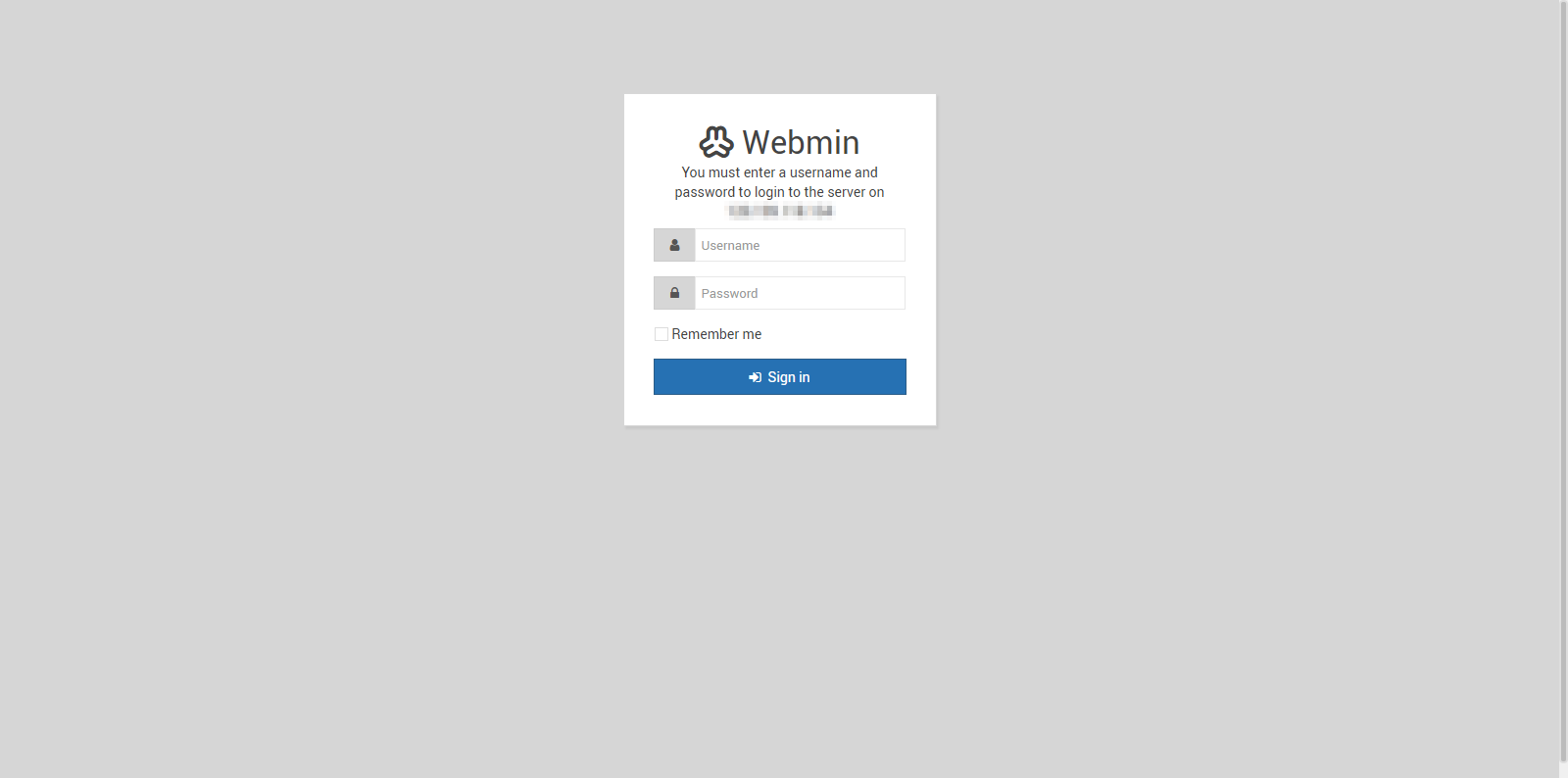
Open web browser and type to acess Webmin. Once you have installed Webmin, open and access Webmin tool from your web browser. The files needed to build the Debian package are deb/, deb/, and. $ wget /projects/webadmin/files/webmin/1.780/webmin_1.780_all.deb Webmin has been tested on all regular Debian releases, Ubuntu Linux, and derivatives like Xandros and APLINUX. If you've been using anything other than our 'standard' suite of packages (Postfix, Dovecot with Maildir spools, Procmail or postfix for delivery, I think are the most important ones), you'll want to backup those configurations too.
UNINSTALL WEBMIN INSTALL
Run the following commands to install Webmin admin tool on Ubuntu, Debian and Derivatives: If you already have domains, backup your /etc/webmin directory. You can get it from the Webmin downloads page, or from our YUM or APT repositories.

It also supports SSL certificate requests from Let’s Encrypt, MySQL 5.7, automatic DNS records in partial reverse domains, and includes a bunch of other bugfixes and small features. /rebates/&.com252flibrary252fview252fmanaging-linux-systems252f0131408828252f0131408828ch02lev1sec6.
UNINSTALL WEBMIN UPDATE
Webmin 1.7.80 release update includes updates to the Filemin file manager and Authentic theme, and the German, Catalan, Polish and Norwegian translations.
UNINSTALL WEBMIN DOWNLOAD
If you want to set the variable globally for all users, on a permanent basis, then add it to /etc/environment file.Webmin 1.7.80 is the latest version of the Download Webmin admin tool.

Disable the Webmin service on boot using the Debian update-rc.sh script (I think. Maybe /usr/local/webmin, maybe /opt/webmin, maybe /usr/share/webmin. If you want it to be permanent for a given user, then set it in. Anyway, to answer your question, if you don't have an uninstall.sh script in the Webmin directory: Remove the Webmin directory. To summarize, if you want to set it in current session, then you can do so from the terminal. It is important to set environment variable at the right location to have the appropriate effect.
UNINSTALL WEBMIN HOW TO
MY_HOME="/home/ubuntu"Īlso read : How to Convert Image to PDF in UbuntuĪpply changes using source command. Open the /etc/environment file # sudo vi /etc/environmentĪdd the following line to set environment variable MY_HOME. If you want to set environment variable globally for all users and processes, then add the environment variable in /etc/environment file Test it using echo command # echo $MY_HOMEĪlso read : How to Use NGINX Reverse Proxy with NodeJS bashrc file in your $HOME directoryĪdd the following line to set environment variable MY_HOME EXPORT MY_HOME="/home/ubuntu"Īpply changes using the source command as shown below # source ~/.bashrc If you want to permanently set environment variable that is applicable for all future sessions then you need to place it in. They will not be available once log out of your session and log in again.Īlso read : How to Configure Iptables in Ubuntu However, please note, these environment variables are valid for current session. If you want to set environment variable for not only current session but all processes starting in the current session, then use the EXPORT command as shown below EXPORT MY_HOME="/home/ubuntu" Add a $ sign at the beginning of your variable while using echo command. You can display the environment variable using echo command. # MY_HOME="/home/ubuntu"Īlso read : How to Install Webmin in Ubuntu

Here is an example to set MY_HOME environment variable to /home/ubuntu. If you want to set environment variable only for current session, simply use the variable name and assign it a value. Set environment variable for current session If you have installed the RPM version of Webmin, you can also use rpm -e webmin, or if you have installed the Solaris package you can use pkgrm WSwebmin. How can I uninstall Webmin Just run the command /etc/webmin/uninstall.sh. There are multiple ways to set environment variables in Ubuntu. apt-get remove webmin If you did not use apt to install then use the following from the webmin FAQ. How to Set Environment Variable in Ubuntu You can use these steps to set environment variable in almost every Linux distribution. We will also look at how to set environment variables globally and permanently. You can clear it manually or by using PowerShell.

If it isn't cleared regularly, it can lead to file bloat on client computers and deployment servers. In this article, we will look at how to set environment variable in Ubuntu. The System Center Configuration Manager's cache, also known as the CCMCache, contains temporary files used in program deployment across a network. Sometimes you may need to add or modify environment variables in Linux. if you want know know how to uninstall and remove webmin after you have installed it with rmp, you can do this: Just run the command. Environment Variables are used to store important file locations and values that are used by applications and services in Linux.


 0 kommentar(er)
0 kommentar(er)
